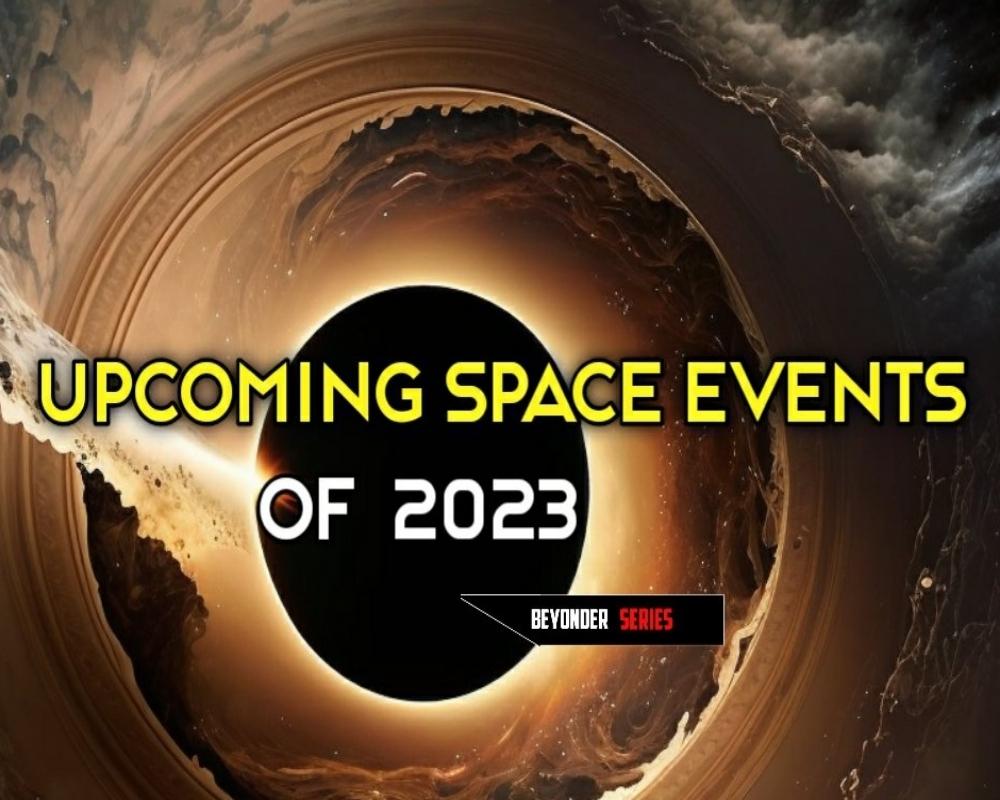January 4: Quadrantid meteor shower peak
The year starts with the Quadrantids. It is one of the most active meteor showers of the year: its hourly rate varies from 60 to 200. It is also known to produce fireballs. Unfortunately, this year, the peak occurs two days before the Full Moon. Better start observations in the morning, between moonset and sunrise: this way, you’ll get 1-2 hours without the 92%-illuminated Moon lighting up the sky. In the Northern Hemisphere, the radiant is always high in the sky. The farther south, the more likely it will appear above the horizon during the daytime
29
320 reads
CURATED FROM
IDEAS CURATED BY
I'm interested in the Unknown | 📚 Bookworm | 🎨 Creative soul | 🌌 Explorer of the Beyond. (άλθος) ♡
How many of you witnessed the C/2022 E3 (ZTF) in Feb? Let me know and do comment about the celestial events you're waiting for
“
The idea is part of this collection:
Learn more about personaldevelopment with this collection
The importance of practice and repetition in learning
How to stay motivated and avoid burnout while learning
How to break down complex concepts into manageable parts
Related collections
Read & Learn
20x Faster
without
deepstash
with
deepstash
with
deepstash
Personalized microlearning
—
100+ Learning Journeys
—
Access to 200,000+ ideas
—
Access to the mobile app
—
Unlimited idea saving
—
—
Unlimited history
—
—
Unlimited listening to ideas
—
—
Downloading & offline access
—
—
Supercharge your mind with one idea per day
Enter your email and spend 1 minute every day to learn something new.
I agree to receive email updates
